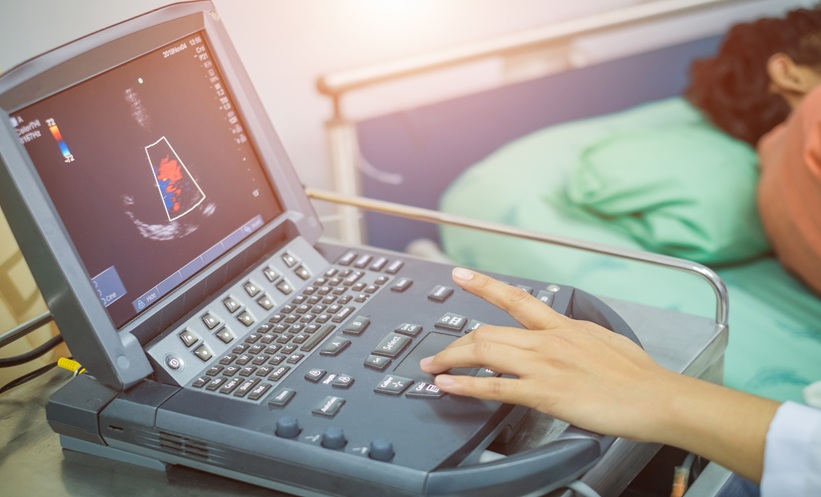CHRONIC liver disease (CLD) is a significant global health concern, affecting over 1.5 billion adults. Many individuals remain asymptomatic and undiagnosed, leading to late-stage complications. Echocardiography, a widely performed imaging technique, frequently captures liver images, yet this data is not routinely utilised for CLD diagnosis. This study developed and evaluated EchoNet-Liver, a deep-learning computer-vision pipeline designed to identify high-quality subcostal images from echocardiogram studies and detect cirrhosis and steatotic liver disease (SLD).
The retrospective observational study included adult patients from two large academic medical centres who had undergone both echocardiography and abdominal imaging – either ultrasound or magnetic resonance imaging (MRI) – within 30 days. Model predictions were compared with clinical diagnoses obtained from paired abdominal ultrasound or MRI studies.
A total of 1,596,640 echocardiogram videos from 66,922 studies and 24,276 patients at Cedars-Sinai Medical Center (CSMC) were used to develop EchoNet-Liver. In a held-out CSMC test cohort, the model demonstrated an area under the receiver operating characteristic curve (AUROC) of 0.837 (95% confidence interval [CI], 0.828 to 0.848) for detecting cirrhosis and 0.799 (95% CI, 0.788 to 0.811) for detecting SLD. In a separate test cohort with paired abdominal MRI studies, the model achieved an AUROC of 0.704 (95% CI, 0.699 to 0.708) for cirrhosis and 0.725 (95% CI, 0.707 to 0.762) for SLD. Additionally, in an external test cohort of 106 patients (5,280 videos), the model achieved an AUROC of 0.830 (95% CI, 0.799 to 0.859) for cirrhosis and 0.769 (95% CI, 0.733 to 0.813) for SLD.
The findings demonstrate that deep-learning analysis of clinical echocardiography can facilitate opportunistic screening for CLD. The application of this algorithm allows for early identification of patients at risk of cirrhosis and SLD, who may benefit from further diagnostic evaluation and early intervention. By leveraging routinely performed echocardiography, this novel approach has the potential to enhance early CLD detection and improve patient outcomes. Future research should focus on refining the model for broader clinical application and validating its utility in diverse patient populations.
Reference
Sahashi Y et al. Opportunistic screening of chronic liver disease with deep learning enhanced echocardiography. Preprint. medRxiv. 2024;2024.06.13.24308898.








